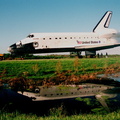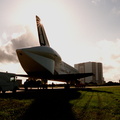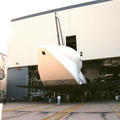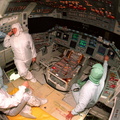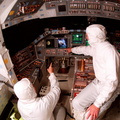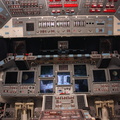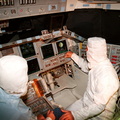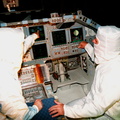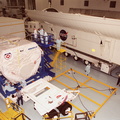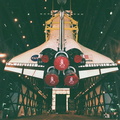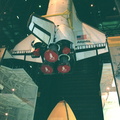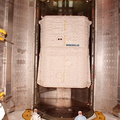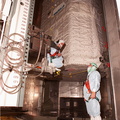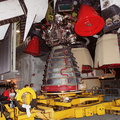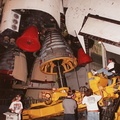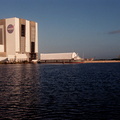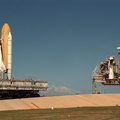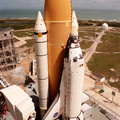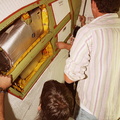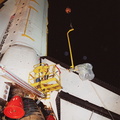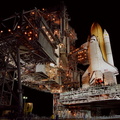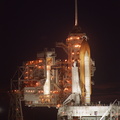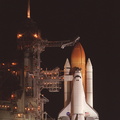
WIKIARCHIVES.SPACE
The Human Spaceflight Archive

Information
- Taken in
- Kennedy Space Center
- Autor
- NASA
- Descrición
- Seen from across the backwaters of the Indian River Lagoon, the Space Shuttle Atlantis, atop the mobile launcher platform and crawler-transporter, nears Launch Pad 39A at 1 mph. The crawler-transporter takes about five hours to cover the 3.4 miles from the Vehicle Assembly Building to the launch pad. The crawler-transporter carries its cargo at 1 mph, taking about five hours to cover the 3.4 miles from the Vehicle Assembly Building to the launch pad. A leveling system on the crawler-transporter keeps the top of the Space Shuttle vertical, especially negotiating the ramp leading to the launch pads and when it is raised and lowered on pedestals at the pad. Liftoff of Atlantis on mission STS-101 is scheduled for April 17 at 7:03 p.m. EDT. STS-101 is a logistics and resupply mission for the International Space Station, to restore full redundancy to the International Space Station power system in preparation for the arrival of the next pressurized module, the Russian-built Zvezda.
- Creado en
- Sábado 25 Marzo 2000
- Álbums
-
Locations / OSM-4.915832801313164
US SPACE PROGRAM / SPACE SHUTTLE / MISSIONS / STS-101 / Rocket preparation
- Source link
- https://science.ksc.nasa.gov/gallery/photos/2000/
- Visitas
- 41
- Valoración
- non valorada
- Valora esta foto
- License
- CC BY-NC-ND
- Modified by WikiArchives
- No (original)
- Descargas
- 0
Desenvolvido por Piwigo






